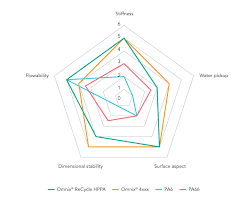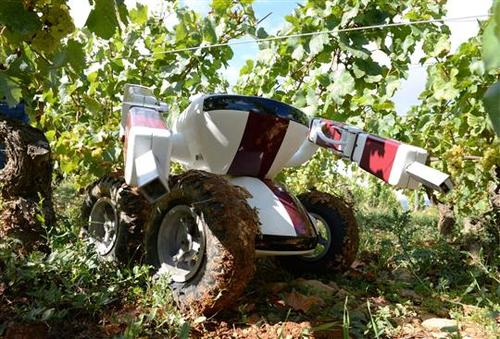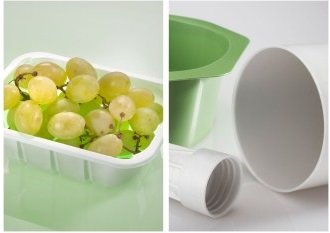 Are you aware of what’s going into your trash? Many people toss things in the garbage and don’t think twice. Here’s a second thought: How
Are you aware of what’s going into your trash? Many people toss things in the garbage and don’t think twice. Here’s a second thought: How
long does it take garbage to decompose?
Decomposition rates depend on the climate and environmental conditions, product composition, and surrounding materials. In 2008, the National Oceanic and Atmospheric Administration used research findings to estimate average decomposition rates:
•banana peels: two to five weeks
•apple cores: two months
•plastic grocery bags: on to 1,000 years
•tin cans: 50 years
•foam cups: 50 years to never
•aluminum cans: 200 years
•disposable diapers: 450 years
•plastic bottles: 450 years
•fishing line: 600 years
The Earth Resource Foundation reports that 86 percent of ocean trash is plastic. Plastic bags are made from petroleum, which decomposes into smaller particles but can’t biodegrade. According to the U.S. Environmental Protection Agency, 10 percent of the approximate 3,960,000 tons of plastic bags, sacks and wraps produced in 2008 were recycled.
During the 2009 International Coastal Cleanup, 49 animals were found entangled in plastic bags and a total of 1,126,774 plastic bags were collected around the globe along shorelines, underwater and from watercraft. Wildlife often mistakes plastic bags for food, causing illness or death. The cycle doesn’t end there — since dead animals decompose at a quicker rate than plastic, the plastic bag re-enters the environment again, continuing to threaten wildlife.
Saipan has recognized environmental and tourism hazards with plastic bags that sweep across their land and waters. With plastic bags harming wildlife and lining the landscape, they have the potential to impact tourism as well. The Mariana Islands Nature Alliance, CNMI Coral Reef Initiative and the Division of Environmental Quality introduced a campaign to eliminate plastic bags in the CNMI.
Styrofoam problems
Another plastic frequently polluting the world’s waters and shorelines is polystyrene, commonly called Styrofoam. Also made with petroleum (and about 95 percent air), this plastic material keeps belongings safe during shipping and moving, insulates both hot and cold items, and floats really well. And 500 years from now the 25 billion Styrofoam cups thrown away each year will still be around.
How often do you use Styrofoam? These single-use items are convenient and effective, but have health and environmental hazards. Foam cups, plates, take-out containers, packing peanuts and disposable coolers … easily break into tiny pieces so small that they are ingested accidentally, or mistaken for food by wildlife.
The manufacturing process of polystyrene was identified as the fifth-largest creator of hazardous waste in a 1986 EPA report, and the National Bureau of Standards Center for Fire Research found almost 60 chemicals are released during combustion of polystyrene foam — chemicals that can also seep into the food or beverage it contains and have been classified by EPA as possibly causing cancer and threatening reproductive health.
Countries all over the world have taken action against both plastic bags and Styrofoam due to health and environmental concerns. Countries such as Ireland and Sweden tax consumers for each plastic bag. More than 10 countries have banned plastic bags, as have parts of the United States. Instead of implementing a tax on plastic bags, some stores on Guam offer incentives for reusable bags.
What can you do?
There are many alternative materials available to replace both plastic bags and Styrofoam. Bring reusable items, including mugs and bags, to the office and stores. Use compostable paper plates. Ask for restaurant leftovers in foil instead of plastic or Styrofoam. Reuse plastic products when possible.
Kim O’Connor is the communicator for the University of Guam Sea Grant Program.
Source : www.guampdn.com







